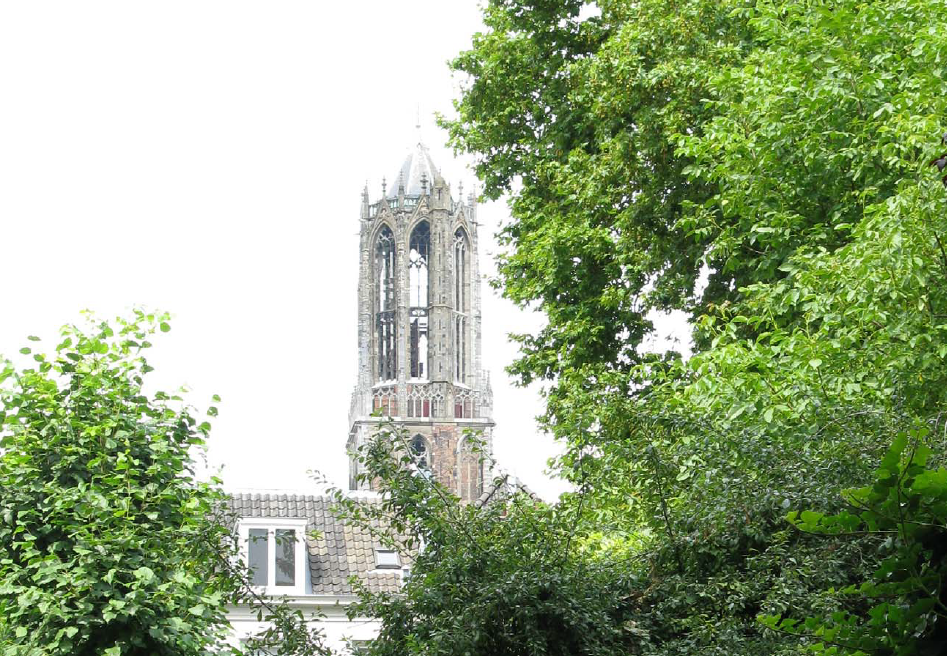Achieved outcomes and impacts:
Residents have had plenty of input into the neighborhood green plans, which led them to enthusiastically carry out and realize the projects. The result of the projects are more accessible and usable green space in the neighborhoods, improving the micro-climate and life quality of the city. In 2017, next to the binnenstad neighborhood green plan, all other neighborhood green plans in the remaining nine districts of Utrecht were completed. A total of 34 ideas were submitted and assessed by the municipality for feasibility (including financial, technical, policy, ownership situation, realization deadline). Of these, 17 project ideas remained that met the assessment criteria and 7 were realized through the Liveability Budget and the Neighborhood Water Plan. Ten ideas could not be realized due to various reasons. The neighborhood green plans also find positive mentions in later municipal plans like the updated green structure plan 2017-2030, where they are given as a positive example and said to inspire similar approaches in the future. Thus, nature-based solution will permeate future policy in the city of Utrecht. The high degree of citizen involvement also led to an increased awareness and knowledge of nature-based solutions, including how to care for local greenery in the city.
Success factors and lessons learned:
The participation of local residents was a key success factor, as it allowed citizens to feel responsible for their greening projects which they designed, developed and implemented. In this way, they remained involved during the implementation process of the nature-based solutions as well as in the management and maintenance of the green spaces. Key challenges were posed by the feasibility of some ideas: Only 7 of the initial 34 resident proposals were actually implemented in Utrecht. This low number was caused by problems such as ownership of land and buildings, monument status or conflicts with existing policies.


